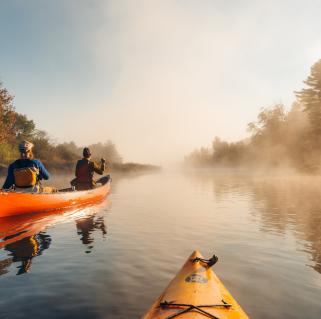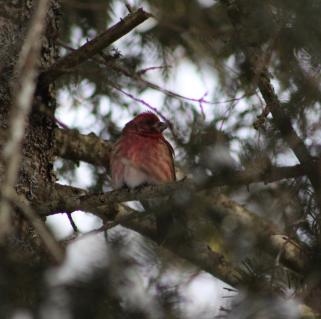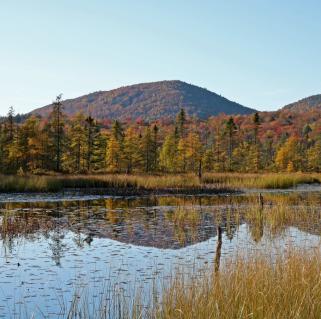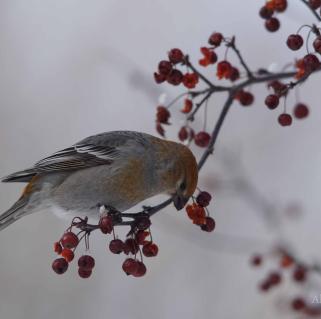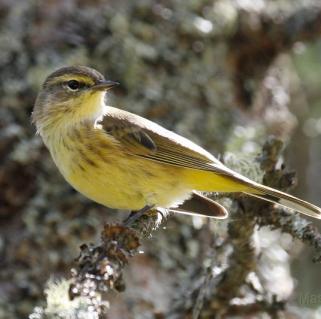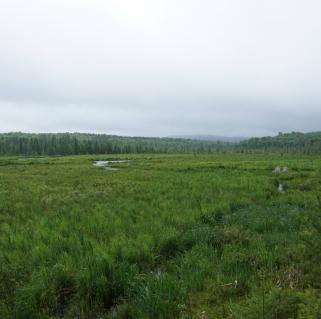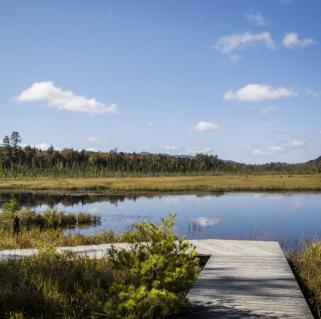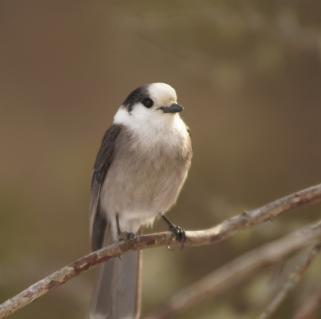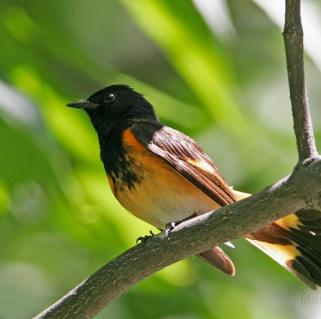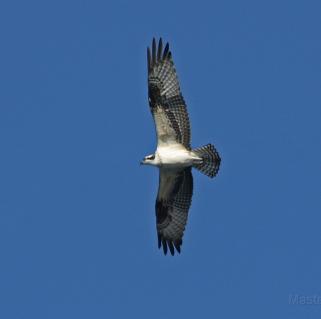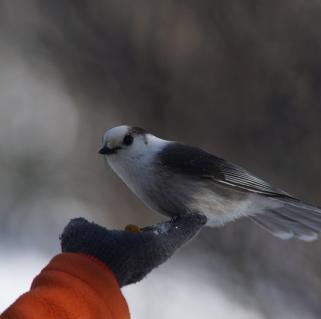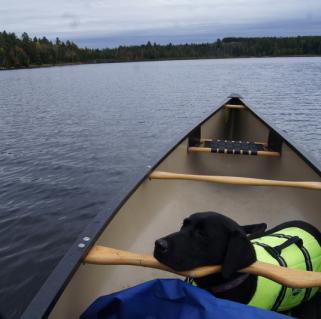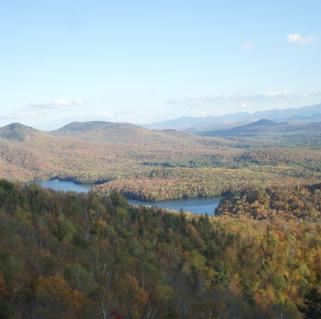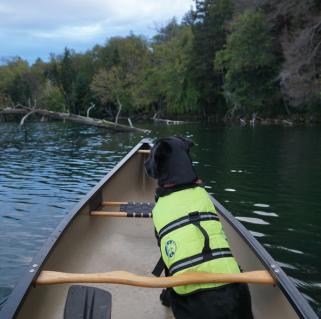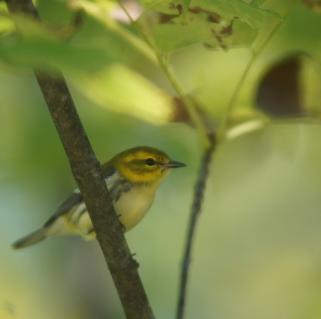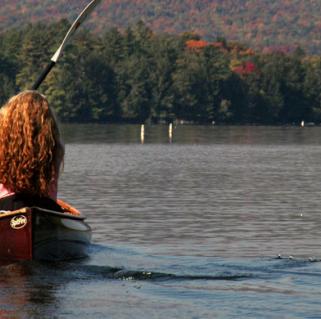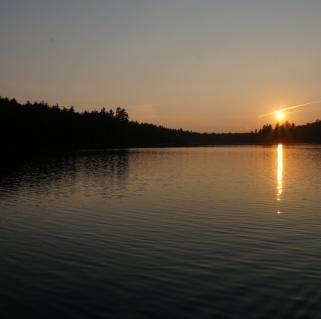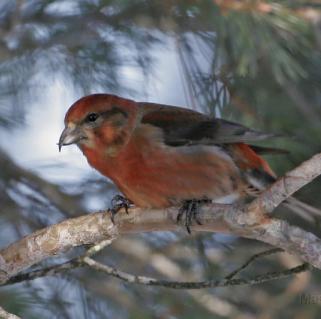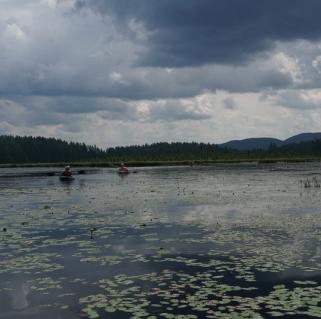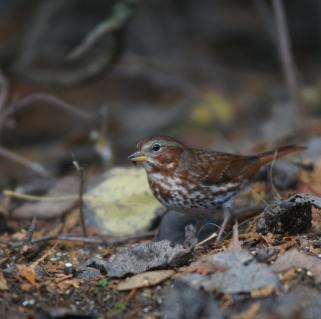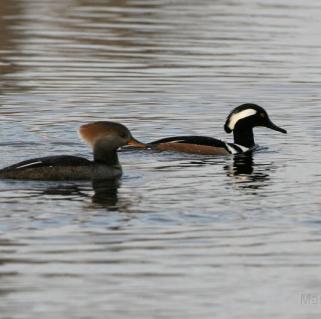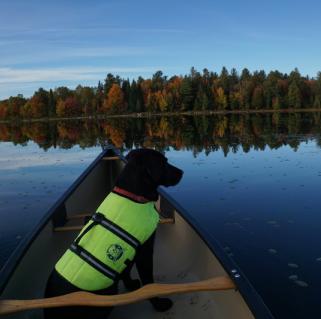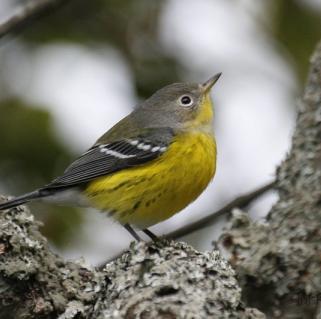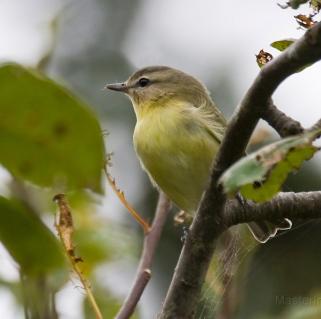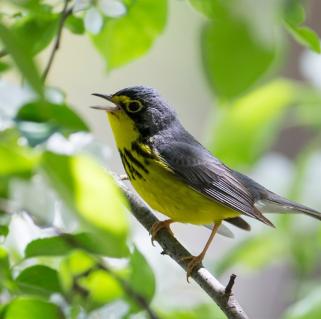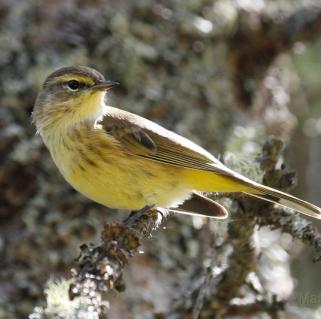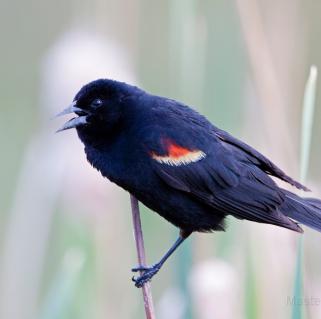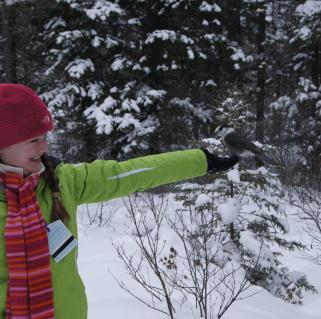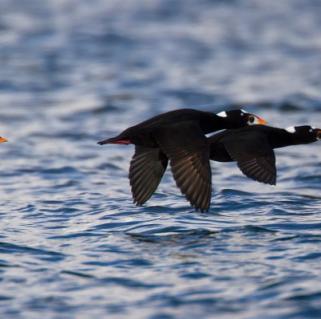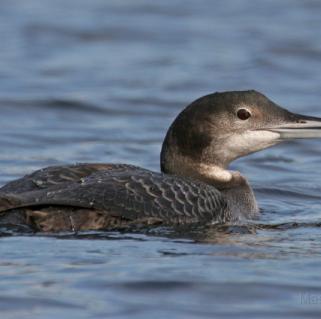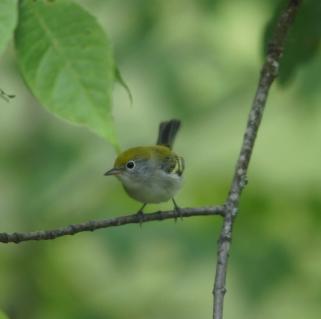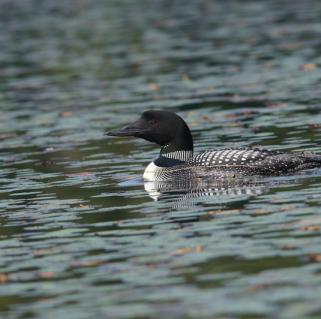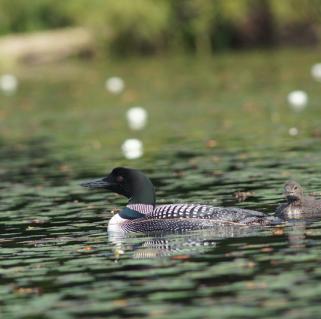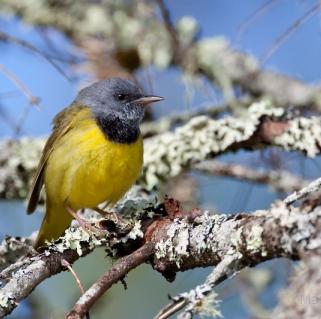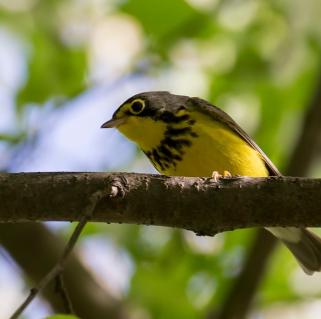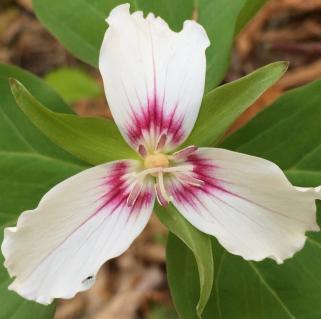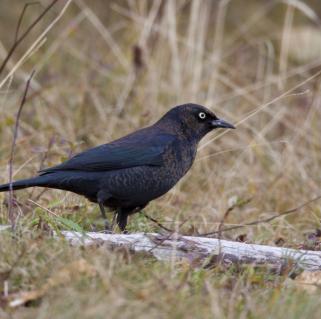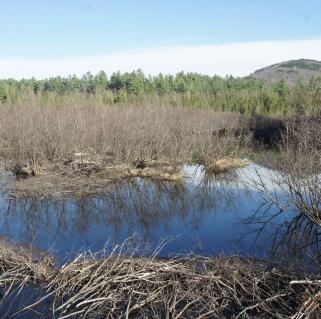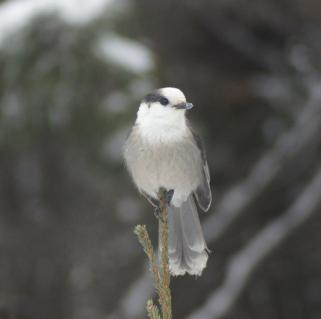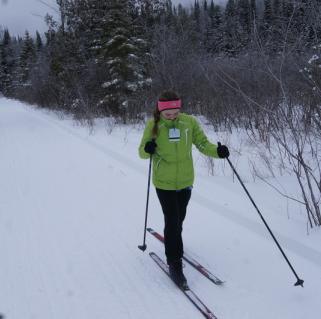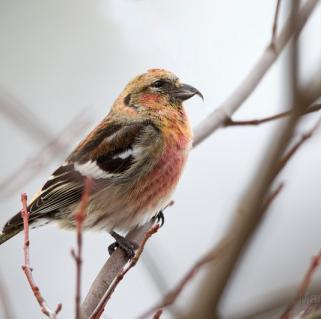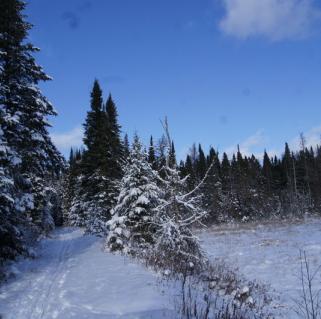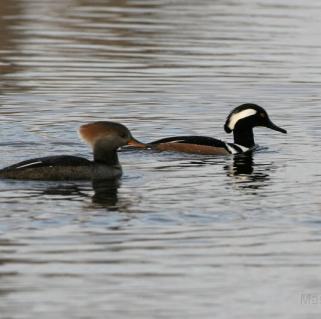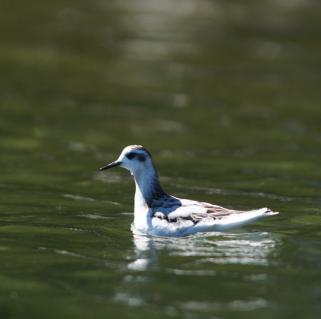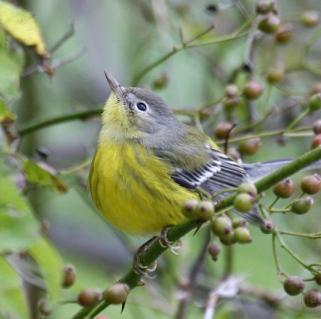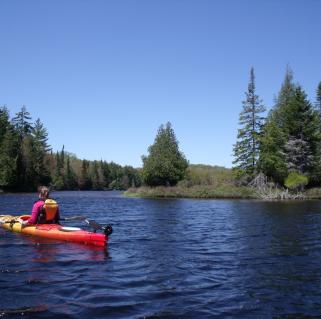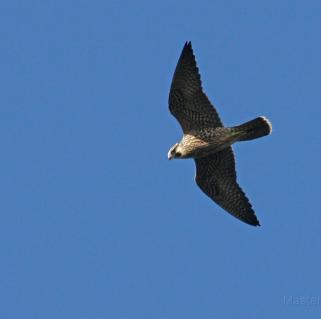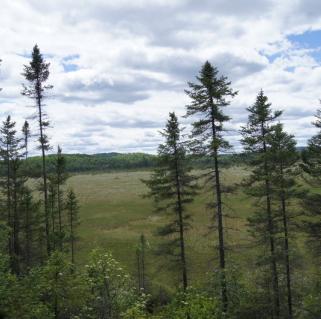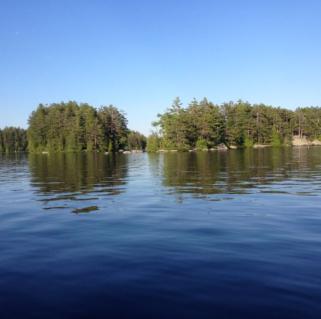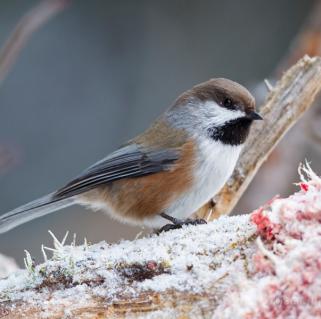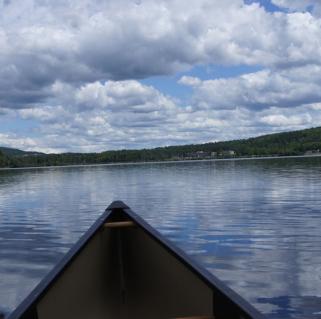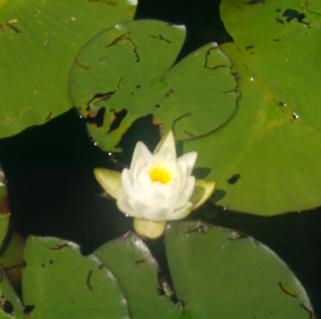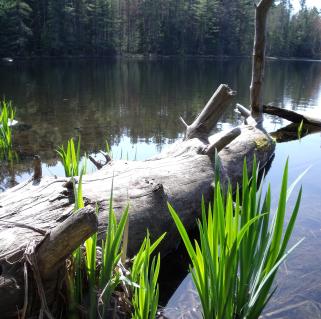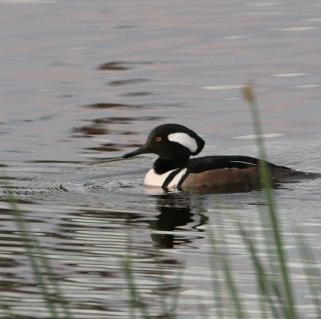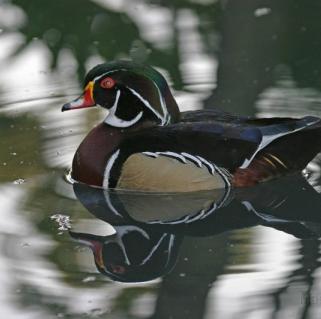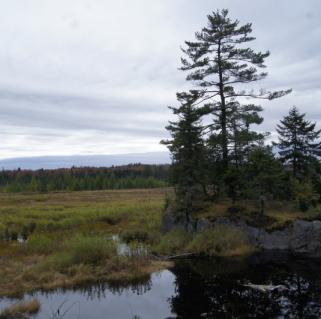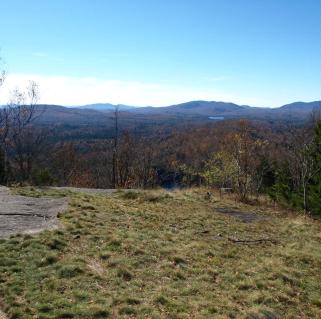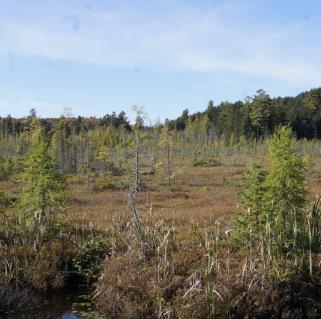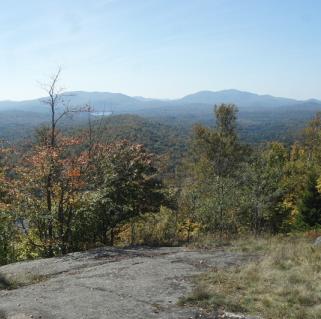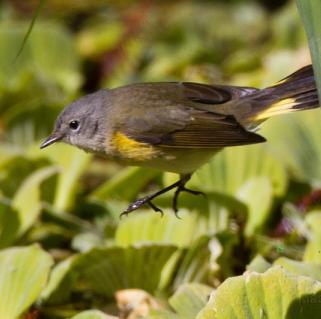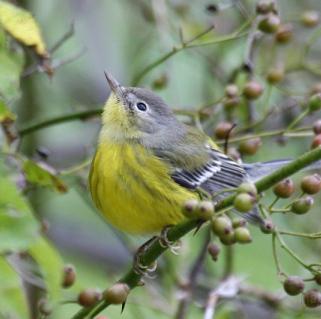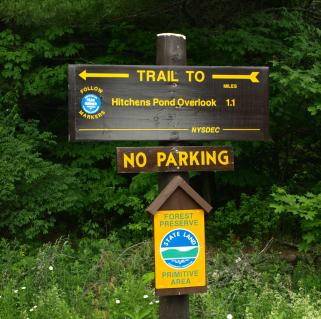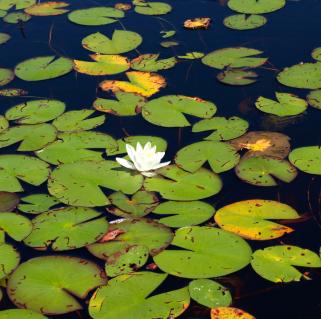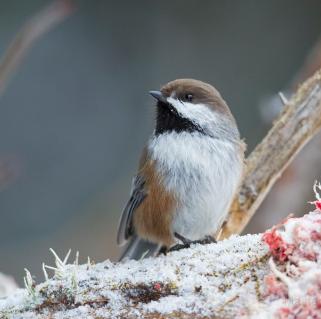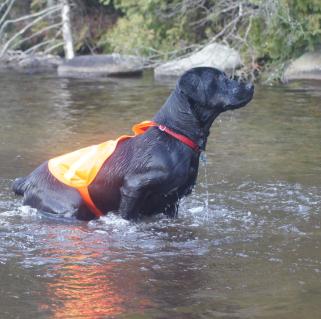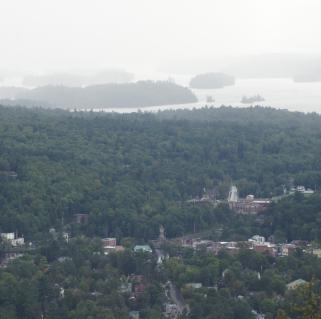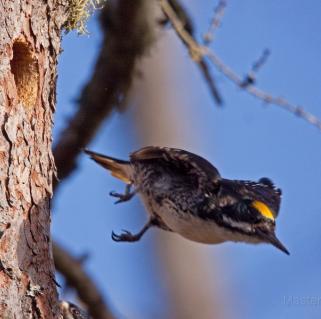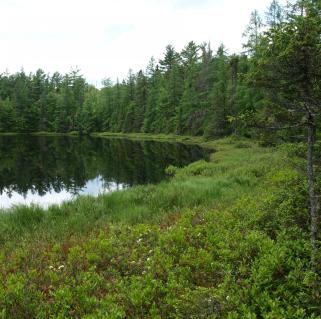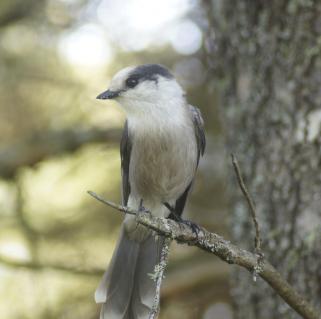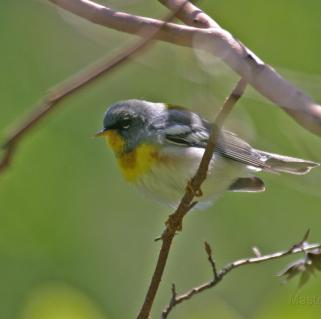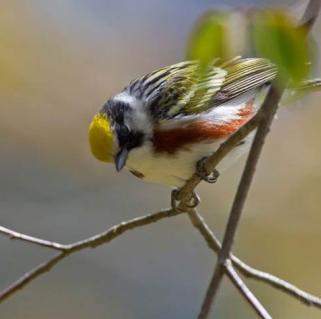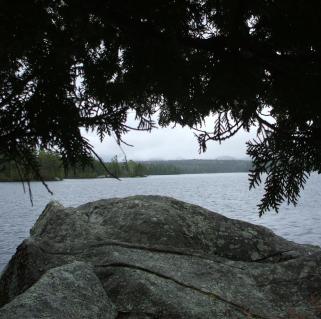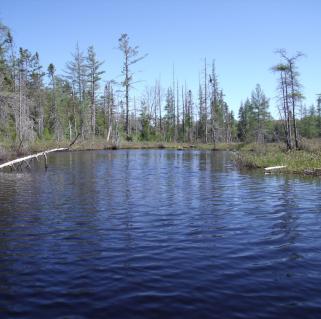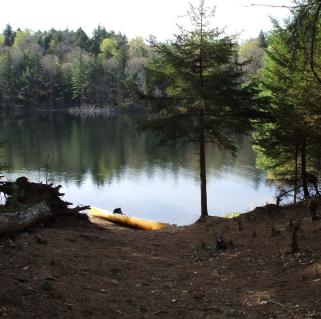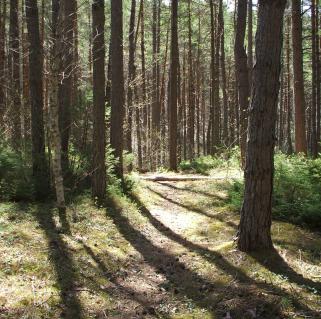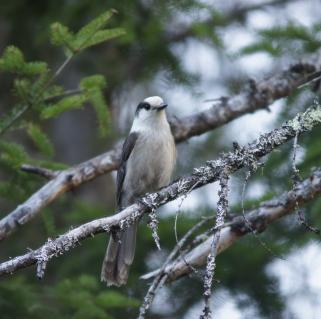July 24, 2017
Submitted by Guest Blogger: Tyler Merriam
Bouldering is a style of rock climbing that is performed relatively close to the ground with no ropes, harness, or hardware. Bouldering usually takes place on — you guessed it — large boulders, though any rock face under 20 feet will do.
Characteristics of bouldering include challenging and often violent-looking moves, copious grunting, and friends standing in karate chopping poses on the ground to ensure their climbing partners land feet-down rather than on their backs.
It began as a method of training for both technique and endurance; however, bouldering has grown into its own sport, and remains a staple of rock climbers everywhere.
The Adirondacks, as a mecca for rock climbers, have their fair share of quality bouldering possibilities. One of the most easily accessible options is located right outside of Saranac Lake: The McKenzie Road Boulders, also known as the McKenzie Pond Boulders or simply McKenzie Boulders.
The only way most people would know these boulders exist would be to park at the white “park here” signs on the Ray Brook side of McKenzie Road and explore the herd paths in the woods on the opposite side of the road. Despite being off the beaten path, these boulders are considered some of the highest quality climbing in the Northeast, to the point that Mountain Project, a popular website for rock climbing information, calls it the “best bouldering in the Adirondacks.”

Although I’ve climbed at these boulders several times, it’s always been with people who weren’t familiar with the area. Therefore, it was a pleasure to join a few local bouldering veterans – Brian Shade and Chris Makowicki – for some photo opportunities and to learn a little more about climbing in this area.
The McKenzie Boulders are a cluster of over 20 boulders, many of them house-sized, arranged in four distinct clusters. Technically these boulders are glacial erratics, meaning they were discarded by retreating glaciers more years ago than any of us can remember.
Glacial erratics are often different sizes, shapes, and gological compositions than the surrounding rocks, a testament to how far they could have been transported by the ice. Glacial erratics can be found throughout the Adirondack region, so the next time you’re hiking and see a seemingly random boulder, imagine what it would have been like standing next to a 1,000-foot glacier several million years ago.
During sunny holidays or rain-free weekends it becomes quite apparent how popular the McKenzie Boulders are among the climbing community. On any given day you could meet people from as far away as Montreal, Connecticut, and New York City. Some climbers even drive an hour or two just to climb here.
One of the features that makes this area so unique is the “cleanliness” of the rock. The Adirondacks are known for their lush greenery, an attribute that logically makes their rocks mossy and wet. This is a less than ideal condition for climbers, as having a good grip with hands and feet is essential. Due to the ease of access and quality of the routes, the McKenzie Boulders attract many experienced boulderers, and thus stay well maintained and enjoyable to climb.
Speaking of routes, the McKenzie Boulders have 89 documented options. In bouldering terminology, a route that begins in one location and ends at another is called a “problem.” Each problem is classified by difficulty, from V0 (pronounced “vee zero”) to V17 (which can only be climbed by superhuman professional athletes).
At the McKenzie Boulders, problems range from V0 to V10, which is quite respectable all things considered. A V0 might sound like nothing, but due to the short length of most bouldering problems, they tend to be more difficult than their roped climbing counterparts.
Personally, I’m most comfortable in the range of V0 to V6, but it was impressive watching Brian and Chris grunt their way up problems that would take me months to perfect.
Every bouldering problem must have a name, a fun rule passed down from generation to generation. The McKenzie Boulders are no exception, with names like Great Roof of China, Ian’s Favorite Problem, The Fearless Hyena, and Sketches of Pain (a V9).
Naming bouldering problems becomes an exercise in creativity, one in which I’ve had the pleasure of participating only once. A friend of mine owns some property outside of Tupper Lake that's home to a few bus-sized boulders. I was only good enough to complete two routes, both very similar to problems at a boulder closest to McKenzie Pond Road. Having been the first known person to climb there, I had the pleasure of naming each problem. I chose Hiphopopotamus and Rhymenocerous, after the two rapping alter egos of the New Zealand comedy musical group Flight of the Conchords. Yes, bouldering problem names become obscure indeed!

Due to the popularity of the McKenzie Boulders, the Department of Environmental Conservation (DEC) has incorporated this area into their upcoming Saranac Lakes Wild Forest Unit Management Plan. They are proposing to upgrade the parking area to accommodate 10 cars, as well as formally mark the herd paths connecting all four sets of boulders. Opinions on this change vary among climbers, but upgrades to the parking and herd paths will hopefully benefit local and visiting climbers in the long run.
If you’re interested in bouldering at the McKenzie Boulders, you will need a pair of rock climbing shoes, some climbing chalk to dry out your hands from sweat, a crash pad to land on if you fall, and a spotter to keep you safe and help you land on your feet.
It’s important to ensure that your climbing partner and spotter have some experience, as there is more to the job than standing below you with their hands up. I also recommend bringing a water bottle, as well as bug spray, since mosquitoes love the McKenzie Boulders almost as much as the climbers.
After an afternoon of bouldering, head into Saranac Lake for some food and drinks, or go cool off at Lake Colby Beach.
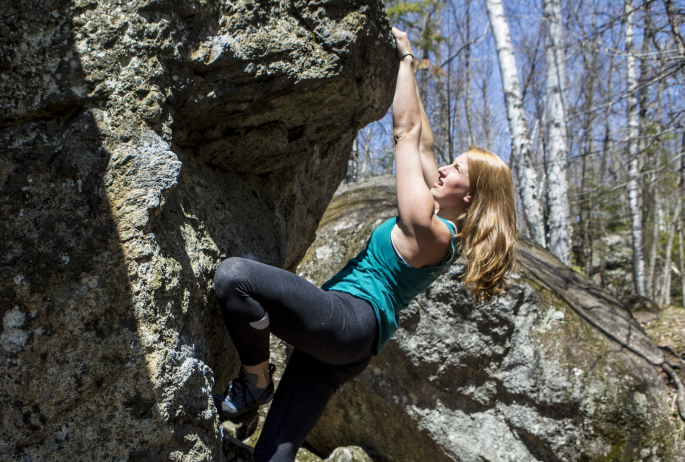
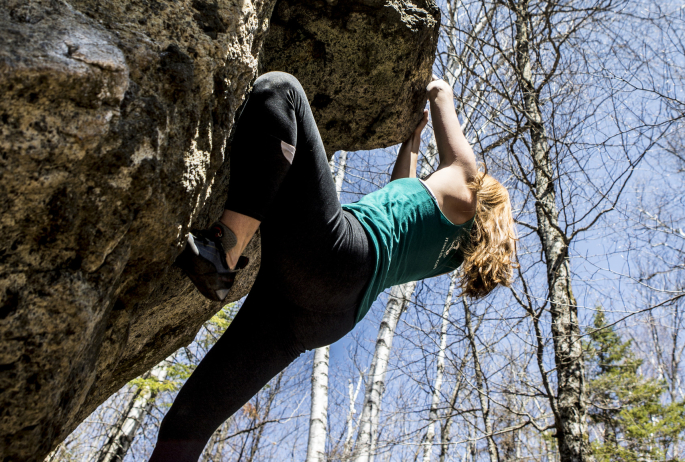
Packages and Promotions
Valid Jan. 21
- Jan. 21
Valid Jan. 21
- Jan. 21
Stay and Dine
Voco Saranac Lake
Receive a 50 dollar credit per stay to use in our Boathouse Saranac Lake Pub. Enjoy an exceptional dining experience with unparalleled views great...
Valid Dec. 1
- Dec. 1
Valid Dec. 1
- Dec. 1
Linger Longer in Saranac Lake
Best Western Saranac Lake
Linger Longer in Saranac Lake at our supremely located property, Best Western Saranac Lake. Stay 2 nights or more and get 15% off!
Valid May. 1
- Oct. 31
Valid Dec. 6
- Nov. 1
Zip and Whip Expedition
Farmhouse UTVs
Experience Outdoors and Farmhouse UTVs have teamed up to bring your family and friends the Adirondack adventure you've been waiting for....
Valid May. 1
- Nov. 2
Valid Apr. 1
- May. 1
Forest Bathing Guided Experience - 10% off for pre-season registration
Adirondack Riverwalking & Forest Bathing
Guided forest sensory immersion walk for all. Sign up early for 10% off!
Valid Jun. 20
- Sep. 7
Valid Mar. 12
- Jun. 30
Guided Nature Immersions - 10% off for Pre-Season Registration
Adirondack Riverwalking & Forest Bathing
Picture it now...you are wading the Ausable River on a warm summer day, feel the cool water against you, hear the sounds of the birds and the...

